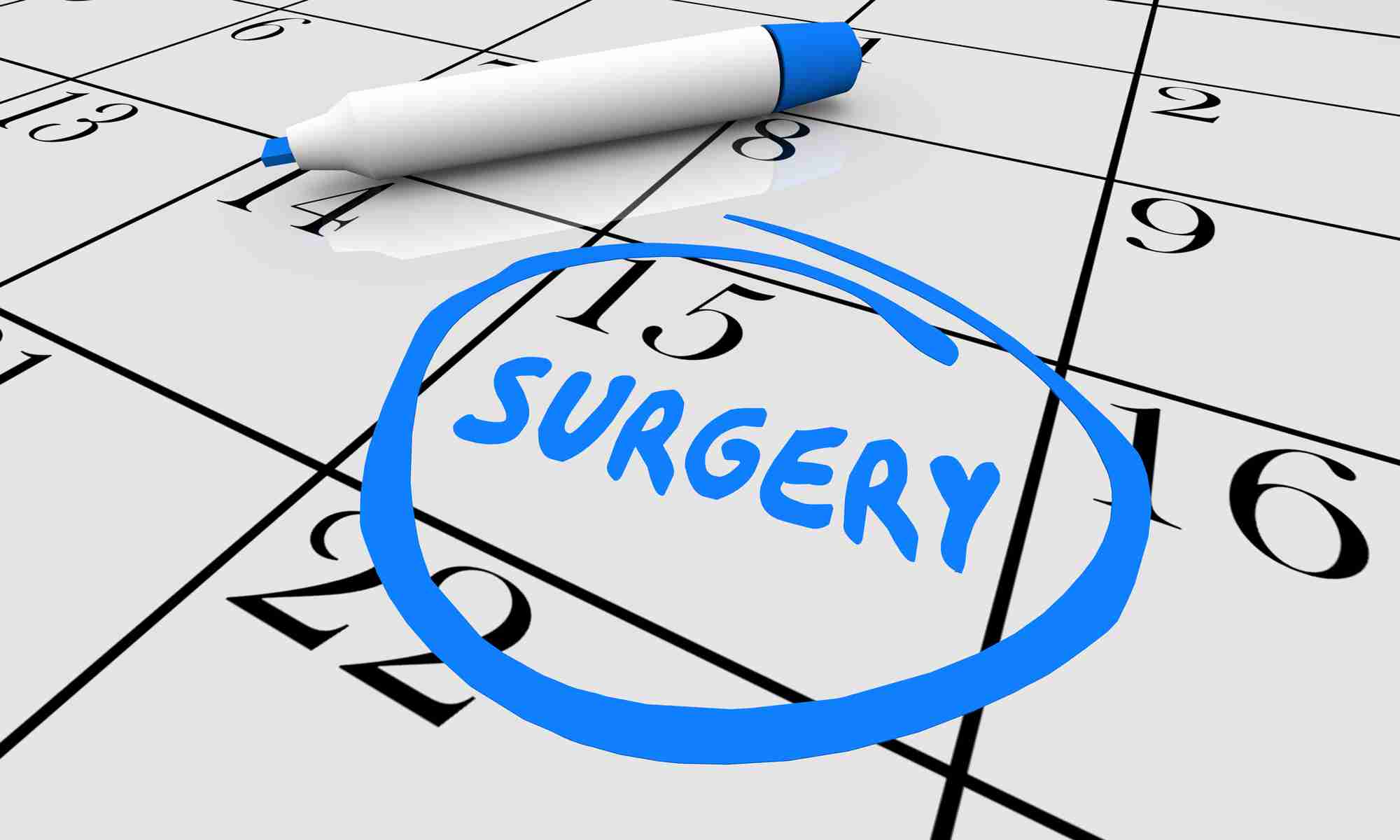Digital technology and the age of big data have disrupted nearly every industry, and healthcare is no exception. While there have been cutting edge advancements to nearly all aspects of care, a significant gap remains between the promise of what is possible.
That gap is particularly wide when we consider the reality of what patients experience in today’s healthcare ecosystem, especially when it comes to their personal health information and how that data is leveraged in pursuit of optimal care.
Billions of dollars have been spent on healthcare IT infrastructure. The healthcare industry has undertaken a mass adoption by providers of Electronic Medical Records (EMRs). And we’re now seeing an influx of real-time health data made possible by wearable health devices.
Despite all these innovations and investments, today’s consumers still face significant challenges when it comes to taking charge of their health data to advance and improve their wellness and health outcomes.
While we’ve seen significant increases in access to online health portals designed to put health records at patient fingertips, only 25% of patients report actually using their electronic health records (EHRs) to make healthcare decisions. Forty–one percent report they have never even seen their health information, let alone used it to guide their care.

What’s holding back healthcare consumers?
We’ve never had more real-time health data available, and new devices that can track our every vital sign continue to hit the market. We live in an age where pill capsules can carry a digital footprint capable of letting doctors know how their patients are adhering to a medication protocol, where portable devices can alert care teams to potentially serious changes in blood sugar and heart rate of patients in their homes, and where thirty-three percent of consumers now wear technology on a regular basis to track their fitness, heart rate, and sleep schedules.
At a time when mass availability of data should be making consumers partners in their own care, few are even taking the most basic of steps to use health records to better navigate their care and outcomes. With so much promise, why aren’t more consumers taking charge of their health data?
Despite Growing Understanding That Technology Can Help Manage Their Health, Barriers Stand in the Way
Few will debate that much can be gained by taking a more active role in managing their health information. In fact, the latest research from Accenture shows the majority of consumers, 75 percent, said technology is important to managing their health. The survey found consumers are increasingly using digital technologies to manage their care and are beginning to adopt self-service digital health tools that go beyond websites.
Despite a positive trend in understanding the role technology can play in helping to manage their health and openness to it, the barriers that stand between consumers and their data keep most from taking a more active role in using the information to steer their healthcare. Knowing where to start can be a confusing and cumbersome process, and lack of true data portability makes it difficult for even the savviest of patients to access and share data when and where they need it.
Access, Portability, and Apathy Stand in the Way
Many consumers aren’t even aware they have access to their medical data. Despite more than two decades of the Health Insurance Portability and Accountability Act which guarantees patients’ access to their data, nearly one in three patients still don’t know they have rights to electronic medical records.
Among those that do know their rights, they don’t always know what to do with their information or how to make it actionable, especially if they are in good health. Because EHRs were primarily designed as a tool for payers not patients, they have not been effectively positioned as a patient tool that drives value, and they are not used as a tool to drive better health.
Portability of data is another major obstacle. While more providers are using EHRs than ever before, information is rarely compatible between systems. Collecting and consolidating medical records across providers falls squarely on the shoulders of consumers, and it can be a daunting, time–consuming, and at times a costly process. As long as data remains segregated across disparate providers with no easy way for consumers to connect all of their history into a comprehensive health snapshot, convenience will be a major barrier.
Not all blame falls to the system. Patient apathy also plays a key role, particularly for healthy patients who don’t have a driving force to make their health data a priority. One reason many say they have not accessed online medical records is simply that they have not needed them.
With current obstacles standing between them and their data, it’s not surprising consumers have not stepped into the drivers’ seat as stewards of their health narrative. Despite research that shows that engaged patients receive better quality healthcare and can avoid potential medical errors, the tools in our current system don’t provide a compelling enough benefit for healthy patients to take on the cumbersome process of health data management. It’s unlikely consumers will take charge until the process becomes easy and the benefits are clear to them in daily living.
Debates Over Data are Holding Back Advancement
There is a major disconnect between the promise of health data and the actual benefit consumers see today. To empower consumers to take a more active role as a partner in their own care they will need more convenient access to their data and the ability to share that information in meaningful ways that allow them to manage chronic conditions, align care plans across providers, keep loved ones safe and predict life–threatening issues before they occur.
Consider a future when the busy mom of three knows she can securely send health information to her childrens’ schools with the click of a button instead of spending hours filling in paper forms and digging through the filing cabinet for old records. The day has arrived where we can predict heart attacks through wearable devices and alert users to seek life-saving care.
Imagine a time when a caregiver no longer needs to lose sleep worrying about her diabetic mom, because her data is being shared and monitored in real-time by her health team. In these scenarios, consumers will proactively engage in their care because their data is working for them, instead of them needing to work for their data.
The technology and data for some of these applications exists today and it is emerging for others, but much progress is caught in the debate over who should manage and own patient health records, stalling the development and launch of life–saving, predictive healthcare tools.
In the end, most consumers don’t want the burden of managing their data, but they want the benefits of their data helping to manage them. When their information is freed and exists in a transparent way and in a format that they can easily share with their physicians, apps, and tools, consumers will truly be empowered as partners in their care.
What Patients Can Do Now – Five Steps to Take Charge of Health Data Today
We’ve not yet reached the health data promised land. Much still needs to be done to close the gaps in system operability and to free the reins on data. But consumers can ill afford to wait for systemic change and innovation to take charge of their health data basics. Most wouldn’t go through their day not knowing what’s in their bank account, and they should take a similar approach to understand and account for their health history.
Even within the confines of today’s complex system, patients can improve their care, prevent mistakes and save money by taking a more proactive role in managing their health data. While we wait for technology and data sharing guidelines to evolve to deliver on the true promise of patient–driven health, there are five steps patients can and should take today to become stewards of their health history.
Step One: Know Your Health Data Rights and Secure Your Records
The first step patients must take to health accountability is gaining access to data and records. Thanks to HIPAA, the Health Insurance Portability and Accountability Act of 1996, all patients have the right to see and request copies of health records and information from care providers and health plans under federal law.
The easiest place to start is with online portals most providers now offer, making it easy to view visit history, test results, medications, allergies vitals and appointment schedules online. An increasing number of providers also allow patients to download health records via the Blue Button consistently seen across health sites.
If patients don’t have access to their records via their care provider’s health portal, requests for records can be made in person, via phone, by email or by fax. Most providers will ask that patients complete a form requesting their records. Patients should remember that it is their right to receive their data in the format they choose, and even if records are archived, patients still have the right to get a copy.
A wealth of resources exists to help consumers navigate access to their records. The US Department of Health and Human Services can help patients better understand their rights, and the Office of the National Coordinator (ONC) in the U.S. Department of Health and Human Services (HHS) is a great place for advice on gathering your medical data. Groups like GetMyHealthData also help patients to secure their records and know to do when access to records is denied.
Moving forward, patients can create demand for better access and ownership of their health records by choosing physicians that put data at their fingertips and offer online visibility and transparency. When choosing providers, patients can ask how their records can be accessed and how their data will integrate with other systems.
Step Two: Check Health Records for Accuracy
Since health data can be used to evaluate everything from the course of care to diagnoses to life insurance rates and health insurance risks, it is imperative that patients take time to check the accuracy of their medical records and work with their physicians to request changes to outdated or inaccurate information to ensure it won’t compromise their future care.
While electronic health records are making it easier to access information, the move to digitize records has also led to an increase in inaccuracies. Mistakes can happen in the data entry process, when providers choose the wrong diagnostic codes, through poor transcription and in poor translation as practices transfer their old paper records to electronic systems.
In addition to making sure their personal information is correct, patients should carefully review notes, diagnoses, test results and, medications. Underscoring the need to make sure records are accurate, a 2017 study from the Patient Safety Authority in Pennsylvania reported that seventy percent of medication errors that were included patients’ charts actually reached those patients.
It’s just as important for patients to check for information that has been left out of their health records. Take for example allergies. In case of an emergency, an omitted drug allergy from a patients file could have fatal consequences.
While patients can’t directly make changes to information in their official health records, HIPAA does mandate the right to have inaccurate information corrected by their healthcare provider, and when a patient and provider disagree about the accuracy of the information in a record, patients can have a statement about the disagreement added to the file.
Step Three: Create a Personal Health Record
With their data in hand, many patients are unsure of what to do with their records, where to store them or how that data can help them. A good step once they’ve gathered and updated their records, is to create their own Personal Health Record, or PHR. A PHR helps patients maintain and manage their health information in a private, secure, and confidential environment.
A PHR differs from an electronic health record in that the patient owns it and they can control who has access. Many PHRs give you the option of adding information you think is relevant but that your doctor may not include in an EHR, like information about your over-the-counter medications, exercise habits or sleep schedule.
There are many online services and apps patients can use to create a PHR. When evaluating which service to use, there are a few things patients should keep in mind. Security tops the list. Look for services that specifically outline your privacy rights and explicitly state that they won’t sell, use or share your personal health information without permission. Other features to look for are the ability to easily upload additional files directly from your provider’s online portal as well as the ability to share records with a provider or caregiver.
Step Four: Embrace New Sources of Health Data to Drive Your Wellness
Even though physicians may not yet have a platform for taking data from wearable devices, it can be invaluable information in pursuit of wellness goals. A growing number of apps are allowing patients to integrate this data into their personal health records and to share it with providers.
Because patients are currently the ones holding the keys to this data and it is not locked up behind provider firewalls, it may be among the first data sets to be activated in developing new care tools. Patients can use this data to manage progress in pursuit of better fitness, sleep, and diet.
Step Five: Use Data to Take Action
When acted upon, personal health data has the potential to be one of our greatest healthcare tools. With an accurate health profile at their fingertips, patients can realize the benefits of using their data to improve physician relationships, take charge of their healthcare planning, improve their wellness and decrease costs.
Steps in the Right Direction
While a healthcare data utopia has not yet been realized, consumers can take heart in knowing these basic steps can put them in control of their health information and management, even if they don’t technically own their data, yet. By putting in the time to access and aggregate their records, they are positioned to better monitor chronic conditions, adhere to treatment plans, find and fix errors in their health records and track progress in wellness or disease management programs. But as consumer healthcare technologies continue to evolve, we are getting closer and closer to a truly transparent, people-driven health model where consumers are in the driver’s seat and the entire health ecosystem is benefiting from the results.

















